Periodontitis is a combination of active substances, spiramycin and metronidazole, with anti-infective action, specific for diseases of the mouth.
This remedy can be found in pharmacies, but can only be sold upon prescription or the dentist.

What is it for
Periodontal is indicated as a coadjuvant in periodontal surgeries, such as gingival surgeries and retail operations. In addition, it is also indicated in acute or localized acute infections of the mouth, such as:
- Stomatitis, which is characterized by inflammation of the mucosa of the mouth. Learn how to identify an aphthous stomatitis;
- Gingivitis, which is characterized by inflammation of the gum tissue. Here's how to recognize the symptoms of gingivitis;
- Periodontitis, which consists of inflammation and loss of connective tissues that surround and support the teeth. Know the symptoms and causes of periodontitis.
Before taking this medicine the doctor should be informed of other medicines that the person is taking.
What is the dosage
The recommended dose of Periodontitis is 4 to 6 tablets per day for 5 to 10 days, which can be divided into 3 or 4 doses, preferably at mealtime. The tablets should be swallowed without chewing and with about one-half to one glass of water.
Who should not use
Periodontitis should not be used by people with an allergy to the active substances, to any other component present in the formula or in combination with disulfiram.
In addition, this medication is contraindicated for children under 6 years of age, pregnant or breastfeeding women.
Possible side effects
Periodontitis is usually a well-tolerated remedy; however, in rare cases, there may be some side effects such as stomach pain, nausea, vomiting, diarrhea, abdominal pain, oral mucositis, changes in taste, anorexia, pancreatitis, peripheral sensory neuropathy, headaches, convulsions, dizziness, confusion and hallucinations and depressive mood.
In addition, visual changes, increased liver enzymes, hepatitis, altered blood tests, rash, redness, urticaria, itching, pustular eruptions, Stevens-Johnson syndrome, toxic epidermal necrolysis, QT prolongation on the electrocardiogram, ventricular arrhythmia, ventricular tachycardia, torsade de pointes, and fever.

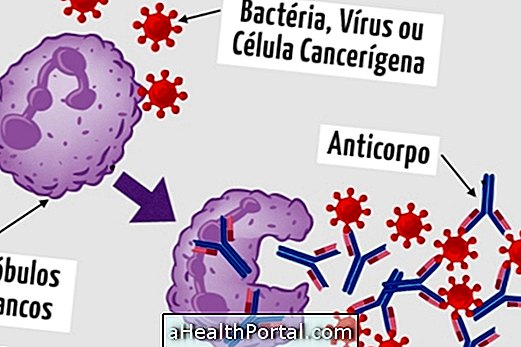
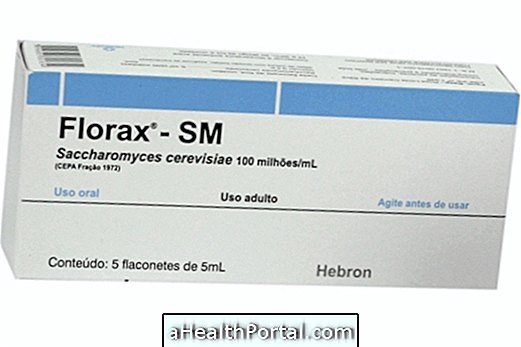








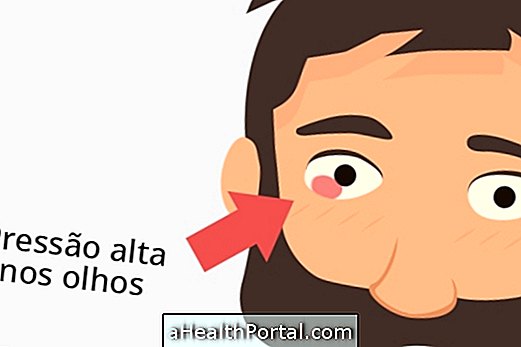
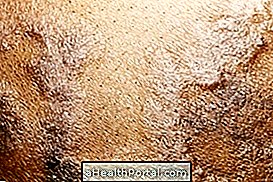




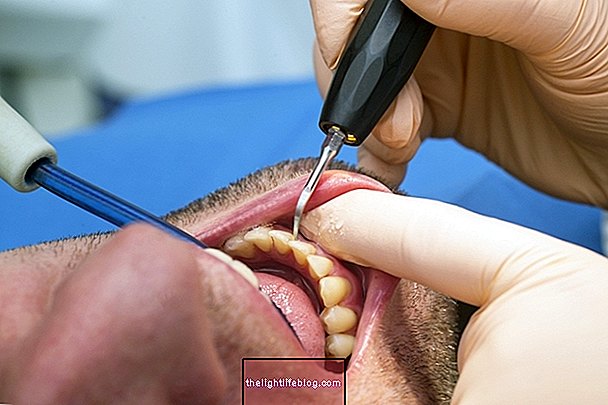
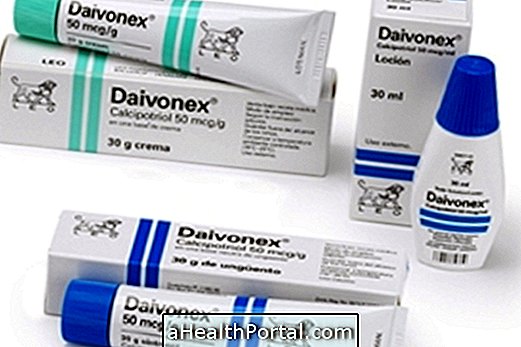


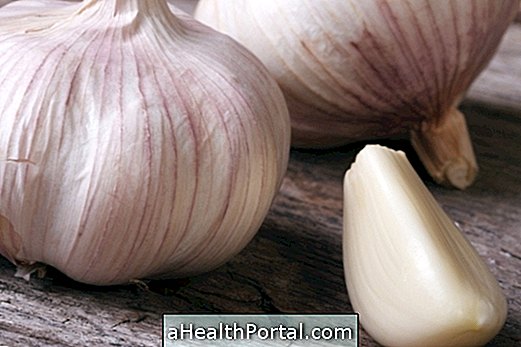
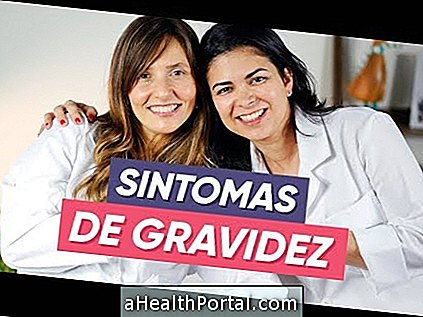
.php)

